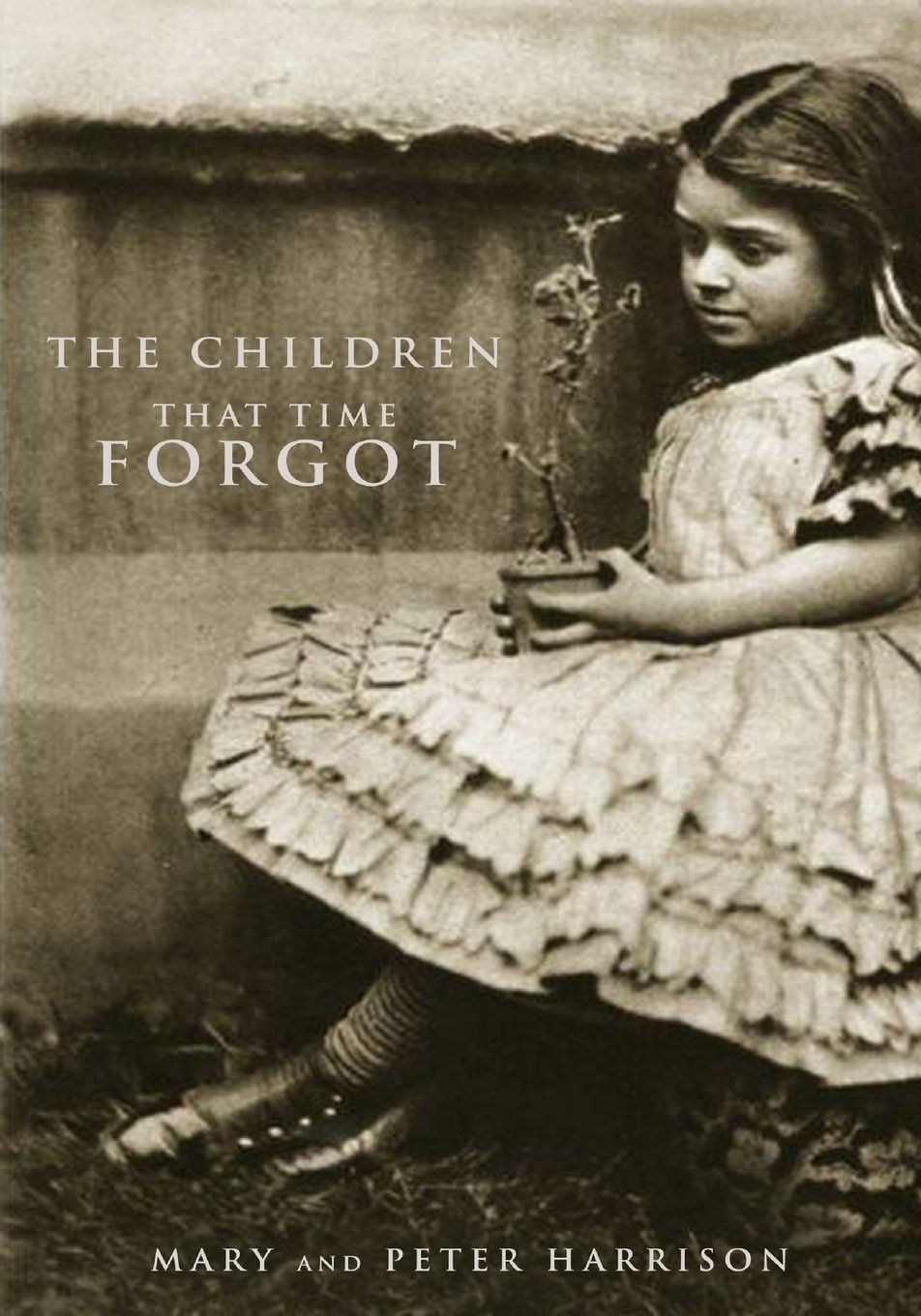The Secret Life of Plants: A Fascinating Account of the Physical, Emotional, and Spiritual Relations Between Plants and Man
- Steve Freier

- May 31
- 4 min read

The Secret Life of Plants, by Peter Tompkins and Christopher Bird is a fascinating and controversial book that explores the idea that plants are more than just passive life forms. Published in 1973, it dives into the realm of plant sentience, communication, and consciousness—blending scientific inquiry with speculative and metaphysical insights.
Upon delving a bit into the background of the two authors, I noticed that in addition to their literary and scientific interests, I discovered that they both had done duty as spys. Peter Tompkins (1919–2007) was an American journalist, author, and former World War II spy. During World War II, he worked for the Office of Strategic Services (OSS), the precursor to the CIA. He operated as an undercover agent in Italy, coordinating resistance efforts and gathering intelligence behind enemy lines. His experiences were later chronicled in his memoir, A Spy in Rome (1962). Christopher Bird's (1928-1996) professional journey was marked by a blend of journalism, authorship and intelligence work with a stint in the Intelligence Service when he served in the Central Intelligence Agency (CIA) in Vietnam during the war.
Overview
"The Secret Life of Plants" proposes that plants are sentient beings that respond to human thoughts and emotions, communicate with each other, and possess memory and consciousness. The book investigates plant perception, reactions to music and emotions, their ability to learn, and even psychic interactions. While much of the book is grounded in unconventional experiments and pseudoscientific claims, it ignited public interest in plant intelligence and the deeper connections within the natural world.
The authors combine anecdotal stories, experimental studies, and interviews with scientists, inventors, mystics, and naturalists to present their arguments. While many of the scientific claims have been heavily criticized or discredited by the mainstream scientific community, the book remains influential for its imaginative reach and its ecological and philosophical implications.
Chapter 1: The Sensitives
Introduces Cleve Backster, a polygraph expert, who connected plants to lie detectors and claimed they responded emotionally to human intentions—even at a distance. This chapter sets the tone, introducing the central premise: plants may have awareness.
Chapter 2: The Problem of Proof
Details the difficulties scientists face in replicating plant perception experiments. It highlights skepticism in the scientific community and discusses attempts to validate Backster’s work, often with inconsistent results. The authors question if traditional scientific methods are sufficient to study such phenomena.
Chapter 3: Plants and ESP
Focuses on experiments suggesting extrasensory perception (ESP) in plants. Stories include plants responding to human emotional states or anticipating harmful intent. The authors bring in paranormal researchers and explore the possibility of a universal consciousness connecting life forms.
Chapter 4: The Mystery of Plant Consciousness
Explores philosophical and spiritual interpretations of plant consciousness. The authors delve into ancient traditions, mysticism, and Eastern philosophies that view plants as conscious and intelligent beings. They compare these perspectives with emerging ideas in quantum physics and biology.
Chapter 5: Wizards of the Soil
Discusses the vital role of soil and microbes in plant health. Introduces pioneering figures in organic farming and biodynamic agriculture, such as Sir Albert Howard and Rudolf Steiner. The authors critique modern industrial agriculture for damaging the deep connection between plants and soil life.
Chapter 6: Tune In on a Plant
Investigates how plants respond to music and sound vibrations. Anecdotes and experiments suggest that classical music can stimulate plant growth, while heavy metal or discordant sounds can stunt or harm them. The concept of “musical nourishment” for plants is discussed.
Chapter 7: Plants Will Grow to Please You
Describes experiments in which plants seem to grow or bloom in response to human affection or encouragement. The authors propose that emotional and mental energy can influence plant behavior, citing examples from greenhouses and controlled environments.
Chapter 8: The Harmonic Life of Plants
Explores plant acoustics—the idea that plants emit and respond to subtle frequencies and vibrations. The authors reference the work of George Washington Carver and other plant whisperers who believed in communicating with plants through harmonious energy.
Chapter 9: Dowsers Who Find the Green Fuse
Focuses on dowsing, or divining—especially in agricultural contexts. The authors recount stories of people using dowsing to locate underground water sources or determine plant vitality. While often dismissed as pseudoscience, the book treats it as a real and underappreciated skill.
Chapter 10: The Fine Madness of Plant Research
Profiles unconventional scientists and inventors who explored the fringes of plant study. Highlights include machines that purportedly communicate with plants or harness plant energy. The authors celebrate the spirit of curiosity that drives these mavericks.
Chapter 11: The Garden of Eden Revisited
Concludes with philosophical reflections on humanity’s lost connection to nature. The authors advocate for a return to harmony with the natural world, drawing on Indigenous wisdom, holistic farming, and a re-enchantment with plant life as conscious companions rather than resources.
Key Themes
Plant Sentience and Emotion: Plants may respond to human emotions and environmental stimuli in complex ways.
Consciousness in Nature: The book posits a universal consciousness that unites all life.
Critique of Reductionist Science: A call for more holistic, interdisciplinary, and open-minded approaches to understanding life.
Harmony with Nature: Emphasizes organic agriculture, respect for ecosystems, and spiritual awareness of the natural world.
Scientific Reception
While inspirational to some, many of the book’s claims lack empirical evidence and have been dismissed as pseudoscience. The scientific community has largely rejected the notion that plants possess consciousness in the human sense. Nevertheless, the book had a cultural impact—sparking interest in plant neurobiology, environmental ethics, and alternative agriculture.
Legacy
Inspired movements like permaculture and ecospirituality.
Contributed to the “green consciousness” movement of the 1970s.
Influenced artists, musicians, gardeners, and even tech inventors.
Precursor to more recent research in plant signaling and communication (e.g., Suzanne Simard’s work on tree networks).
The authors also collaborated on another book, Secrets of the Soil published in 1989. In 1999 I conducted a radio interview with Shabari Bird, Christopher Bird’s widow. At that time she was involved in a project to carry on this pioneering work along with her new spouse, Hugh Lovell. You can listen to that program on my Timeless Topics Radio Program HERE. Find the book, The Secret Life of Plants (1973) HERE. Find the book, Secrets of the Soil HERE.




Comments